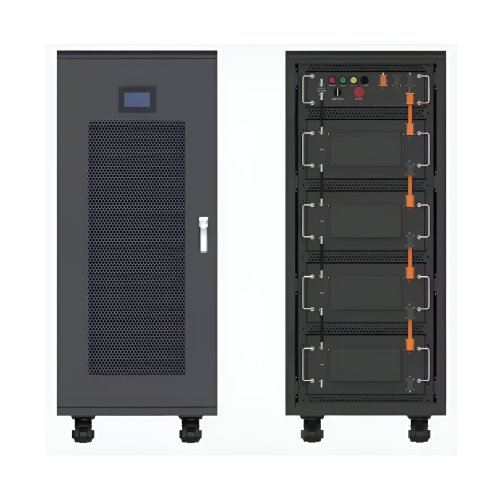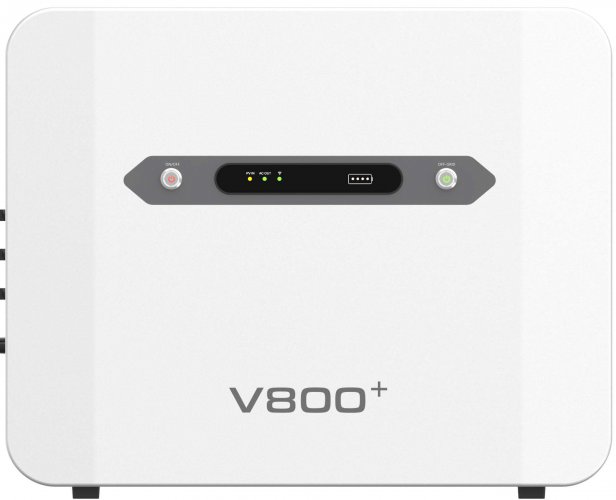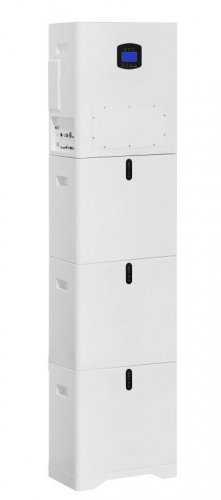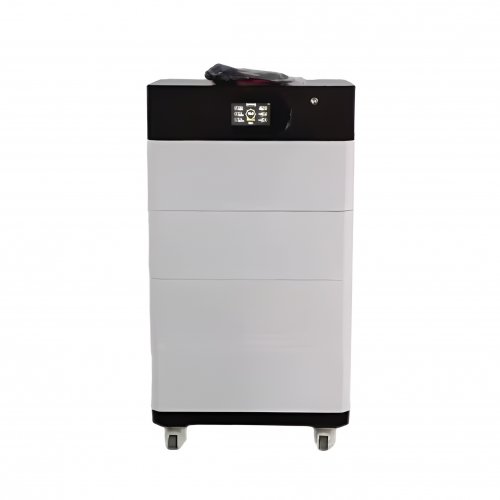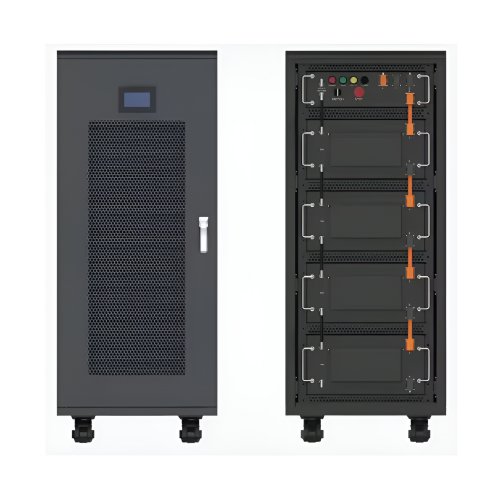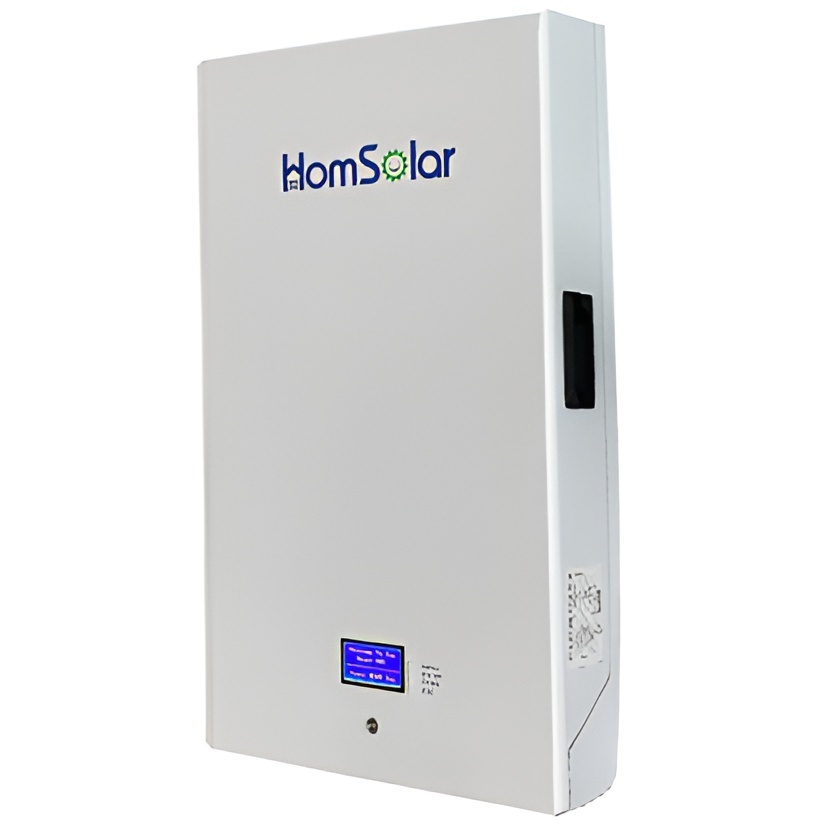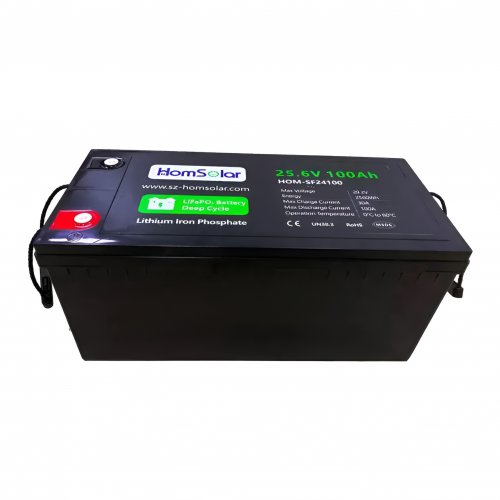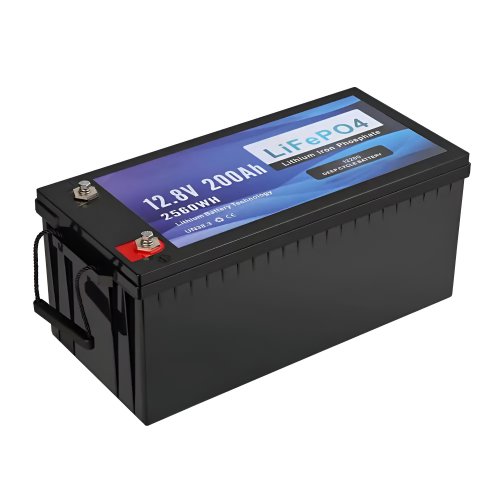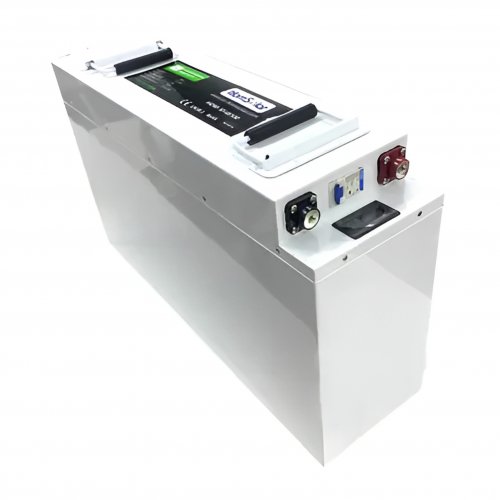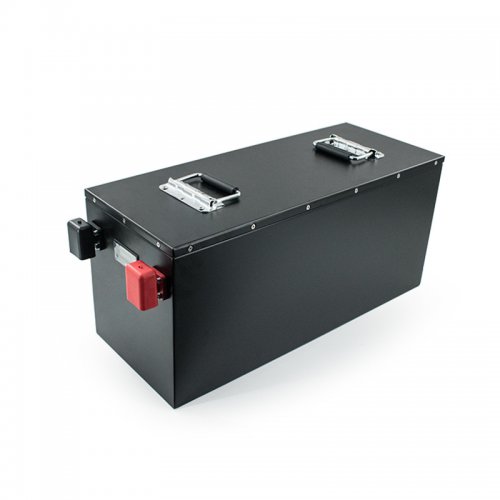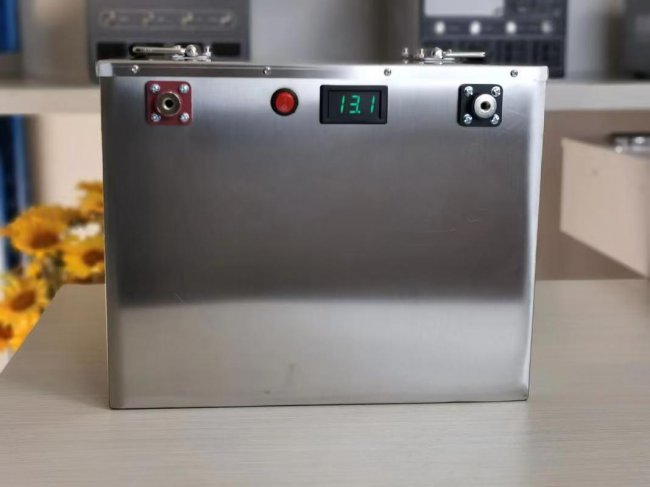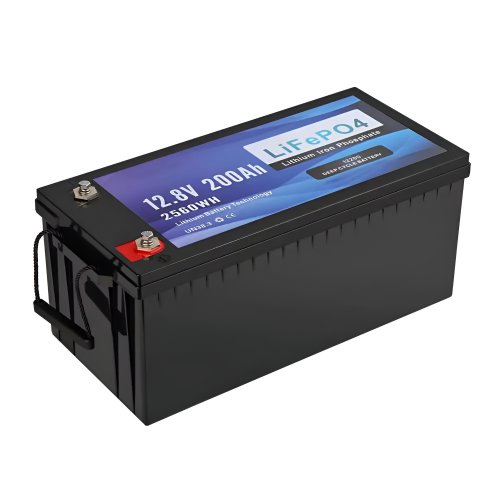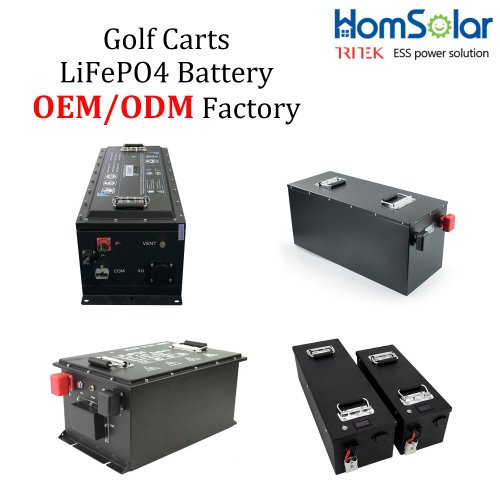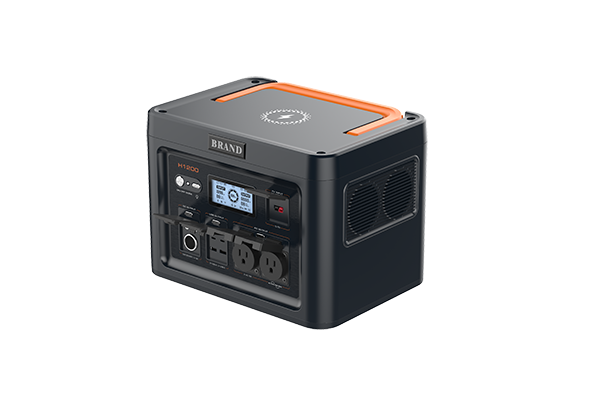Everything you need to know about installing solar panels on your home
Is it worth investing in solar panels for your house? Here we look at costs, how it works in other countries, and whether you need to live in the sunshine for them to work.This year has seen the steepest rise in energy prices for years with households across the UK and EU now paying a staggering 54 per cent more than in 2020.
While the governments of many EU countries are offering their residents multibillion-euro aid packages to soften the blow, Brits are not feeling reassured that similar help is on its way.
With household budgets being stretched, many people are looking into alternative methods of powering their homes.
How do solar panels work?Energy for solar panels is derived from the sun, which can be used to produce electricity and heat. The technology directly converts sunlight into electricity by exploiting the photovoltaic effect. This creates voltage or electrical current when exposed to light.
How many solar panels will I need?A three-bedroom, semi-detached property housing four people usually needs about 10 solar panels. Purchasing too many can be an unnecessary expense whilst too few can make your purchase unprofitable.
A house of that size would likely have an annual electricity usage of 2,900 kilowatt hours (kWh) every year. 1kWh is able to provide electricity to an appliance for up to one hour.
Related
Renewable energy prices soar as Ukraine war is the 'last straw' for the sector
Sweden heeds Greta’s call to target ‘consumption-based emissions’ in world-first
How much will it cost to install solar panels on a UK home?Solar panels aren’t cheap. In March 2022, the Energy Trust reported that installation costs approximately £6,500 (€7,827) for a three-bedroom, semi-detached property housing four people.
According to the Money Saving Expert, if you’re home during the day, it’ll take you less time to make your money back. You’ll retrieve the installation costs in about 13 years on average, if you live in the middle of the country.
Comparatively, if you’re home in the evenings only, it could take you 24 years. Many people would like to install solar panels, but such a high upfront cost is off-putting.
Is there financial aid for solar power installation in the UK?Financial aid from the UK Government isn’t available. Until 1 April 2019, the Feed-In Tariff (FIT) scheme was offered in an attempt to encourage people to use renewable energy to power their homes.
But now the Government doesn’t believe individuals need to be subsidised as much, because the price of solar panel systems has reduced.
Since the discontinuation of the Feed-In Tariff, the new Smart Export Guarantee (SEG) has been offered as an alternative by the Government. The new scheme allows households to get paid for any extra renewable energy they generate.
That means if you generate energy at home from natural resources, such as the wind or sun, you’re able to sell any you don’t use.
Where are solar panels popular in Europe?Solar power already plays an important role in the European energy mix. In 2017, the EU generated 3.6 per cent of its energy from photovoltaics and by 2040, solar energy has the potential to meet 20 per cent of the bloc’s electricity demand.
But for solar power to become more of an appreciated and developed source of clean energy across the EU, and the UK, costs must be lowered and their efficiency improved. Despite this, Sweden, Finland, Latvia, Austria and Denmark currently produce more than 30 per cent of their total electricity from renewable sources.
In France, a state grant is available if you plan to use part of the produced electricity for yourself, and sell part of it back to the national grid – known as vente en surplus.
While in Spain, regional grants are occasionally offered, but with a limit on available funds. These grants are not means-tested, but do require proof of Spanish residency with a NIE number.
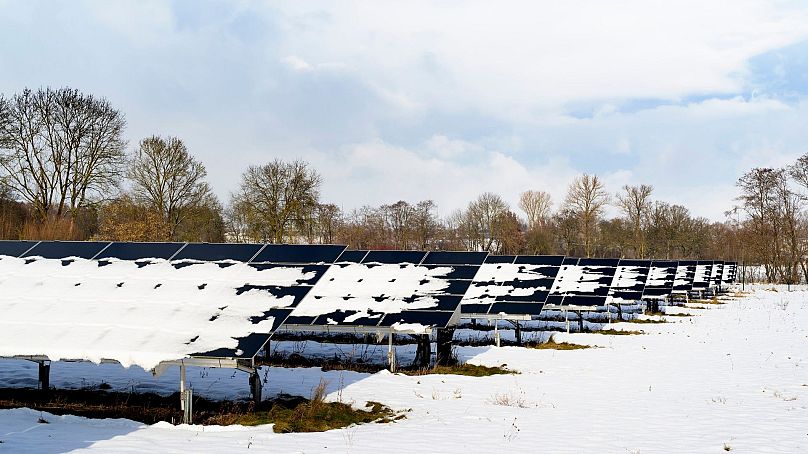
Despite its reputation for having grey and cloudy weather, the UK gets the same amount of solar energy as certain areas in France and Spain.
And as countries with high solar power use, such as Sweden, Finland and Latvia prove, lack of heat isn’t a problem because the cells work with the sun’s light.
Customized/OEM/ODM Service
HomSolar Supports Lifepo4 battery pack customization/OEM/ODM service, welcome to contact us and tell us your needs.


HomSolar: Your One-stop LiFePO4 Battery Pack & ESS Solution Manufacturer
Our line of LiFePO4 (LFP) batteries offer a solution to demanding applications that require a lighter weight, longer life, and higher capacity battery. Features include advanced battery management systems (BMS), Bluetooth® communication and active intelligent monitoring.

Customised Lithium Iron Phosphate Battery Casing
ABS plastic housing, aluminium housing, stainless steel housing and iron housing are available, and can also be designed and customised according to your needs.

HomSolar Smart BMS
Intelligent Battery Management System for HomSolar Energy Storage System. Bluetooth, temperature sensor, LCD display, CAN interface, UART interface also available.


Terminals & Plugs Can Be Customized
A wide range of terminals and plugs can be customised to suit the application needs of your battery products.

Well-designed Solutions for Energy Storage Systems
We will design the perfect energy storage system solution according to your needs, so that you can easily solve the specific industry applications of battery products.



About Our Battery Cells
Our energy storage system products use brand new grade A LiFePO4 cells with a battery lifespan of more than 4,000 charge/discharge cycles.



Applications in Different Industries
We supply customized & OEM battery pack, assemble cells with wiring, fuse and plastic cover, all the cell wires connected to PCB plug or built BMS.
Applications: E-bike, Electric Scooter, Golf Carts, RV, Electric Wheelchair, Electric Tools, Robot Cleaner, Robot Sweeper, Solar Energy Storage System, Emergency Light, Solar Power Light, Medical Equipment, UPS Backup Power Supply.
We can provide you with customized services. We have the ability to provide a vertical supply chain, from single cells to pack/module and to a complete power solution with BMS, etc.


HomSolar (Shenzhen) Technology Co., Ltd








